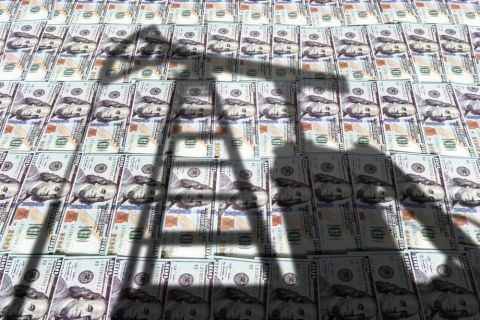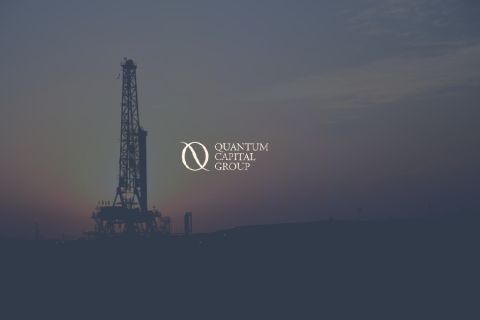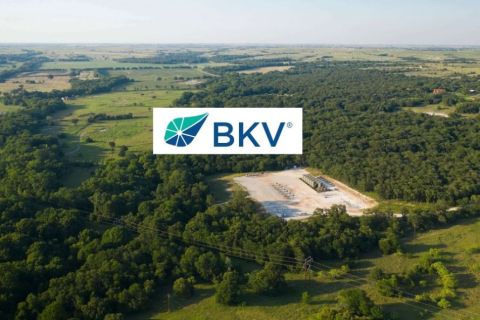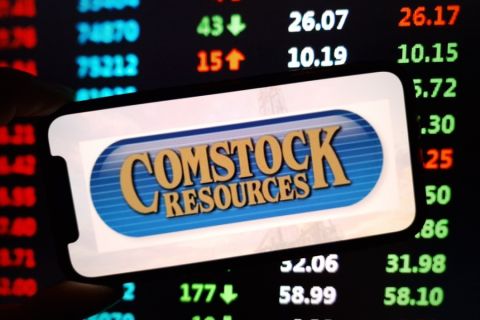
The U.S. oil and gas industry is about to get even bigger in the next decade, with the country continuing to grow in its role as a global energy superpower. Domestic producers have been exporting gas, liquids, crude and petrochemicals, and these volumes will keep growing.
What will the impact be on prices? At first glance it would be easy to predict they’ll go up as the U.S. gains market share in various regions. However, other countries are also increasing their export volumes, demand dynamics are changing and there are important geopolitical considerations that will impact pricing in both the short and long terms.
“We’ll start to see shorter cycles in the crude oil market so that instead of 15-year cycles, we’re going to see three- to four-year cycles,” Dan Lippe, managing partner, Petral Consulting Co., told Hart Energy.
That may sound like the market will become less orderly, but that’s far from the case. In many ways, the global crude market is about to become both more competitive and more efficient. And the biggest driver of this change will be production out of West Texas, according to Lippe.
“West Texas is the only place that matters. Production in the region has increased so much that all of the pipelines are full. Fortunately, we’re building new pipeline like mad and should have at least an additional 1 million barrels per day [bbl/d] of additional crude pipeline capacity by the end of next year. New capacity will start to alleviate the current constraints, which have slowed down the growth rate in West Texas crude production,” he said. What’s most impressive about West Texas is that even with this slowdown, the annualized growth rate for the U.S. overall in second-quarter 2018 was still an impressive 1.5 million bbl/d.
While West Texas is the most important crude play in the world, the most important story in the short term is the restoration of economic sanctions against Iran in the coming months. These sanctions will effectively force countries that are currently buying Iranian crude to choose between doing business with Iran or the U.S.
“Very few buyers are going to choose Iran over the U.S. because we have the ability to make up the loss of Iranian crude [from the world market] by ourselves,” Lippe said.
While the U.S. will likely gain market share from Iran’s departure, so will other countries like Russia, Iraq and Saudi Arabia. Domestic crude demand will not offset U.S. production growth, which means most of these new volumes will have to be exported. This could have a negative impact on prices in the next 18 months with global production outpacing demand. Much will depend on what prices U.S. producers are willing to sell at before pulling back production levels. According to Lippe, this figure is likely between $52 and $55 per barrel.
The NGL market is also nearing the end of an upcycle, but this trend is a result of capacity restraints rather than geopolitical events. However, the NGL market will be just as focused on exports as crude.
“We have to build more raw mix pipeline and fractionation capacity. We also need to start expanding NGL export terminals because there’s nothing that the domestic markets can do to absorb all of the new liquids production,” Lippe said.
Most of the raw mix pipeline capacity that has been built since 2010 is expandable, which will limit the number of newbuild requirements. However, a great deal of fractionation capacity will be needed to handle all of the liquids and about 300,000 bbl/d of NGL export capacity will be needed in the U.S. by 2022-2024. Over the next three to five years, Lippe expects midstream activity in the NGL space to be as active as it was from 2007 to 2014.
“Mont Belvieu will be the focal point of much of this construction because of its proximity to West Texas. In 10 years, however, Mont Belvieu will encompass the entire Gulf Coast from Corpus Christi to New Orleans. The liquids storage in the region is by far the largest in the country,” Lippe said.
Cycles are shortening in the crude and NGL markets, but the natural gas cycle is lengthening. Unlike crude and liquids prices, the long-term outlook for natural gas prices is not a positive, according to Lippe.
“Natural gas prices are either going sideways or down. There is almost no possibility of Henry Hub gas prices going above $3.00 per million Btu (MMBtu) for any significant period of time in the next 15 years,” he said.
Indeed, the resource base is so large and the gas exploration companies have made so many advancements in unconventional production that it is virtually impossible for the U.S. to have gas supply problems for decades.
At the same time, the global LNG market is also filling up and there’s not enough demand to support a price increase for any real length of time. One positive is that the market is fairly rigid with Lippe expecting Henry Hub prices to trade between $2.50/MMBtu and $3.00/MMBtu wand not trading lower than $2.25/MMBtu for any significant length of time.
“Natural gas has become hyper-abundant and there is no upside on a global basis for natural gas unless there are several extremely cold winters in a row. Even then that would only cause a price spike for a year or two,” he said.
Recommended Reading
Cibolo Energy Closes Fund Aimed at Upstream, Midstream Growth
2024-09-10 - Cibolo Energy Management LLC closed its second fund, Cibolo Energy Partners II LP, meant to boost middle market upstream and midstream companies’ growth with development capital.
Quantum’s VanLoh: New ‘Wave’ of Private Equity Investment Unlikely
2024-10-10 - Private equity titan Wil VanLoh, founder of Quantum Capital Group, shares his perspective on the dearth of oil and gas exploration, family office and private equity funding limitations and where M&A is headed next.
BKV Prices IPO at $270MM Nearly Two Years After First Filing
2024-09-25 - BKV Corp. priced its common shares at $18 each after and will begin trading on Sept. 26, about two years after the Denver company first filed for an IPO.
Companies Take Advantage of ABSs to Finance Acquisitions
2024-10-17 - Some companies have taken advantage of asset-backed securitizations to monetize some of their cash flows and better position themselves for a sale.
Analyst: Is Jerry Jones Making a Run to Take Comstock Private?
2024-09-20 - After buying more than 13.4 million Comstock shares in August, analysts wonder if Dallas Cowboys owner Jerry Jones might split the tackles and run downhill toward a go-private buyout of the Haynesville Shale gas producer.
Comments
Add new comment
This conversation is moderated according to Hart Energy community rules. Please read the rules before joining the discussion. If you’re experiencing any technical problems, please contact our customer care team.






